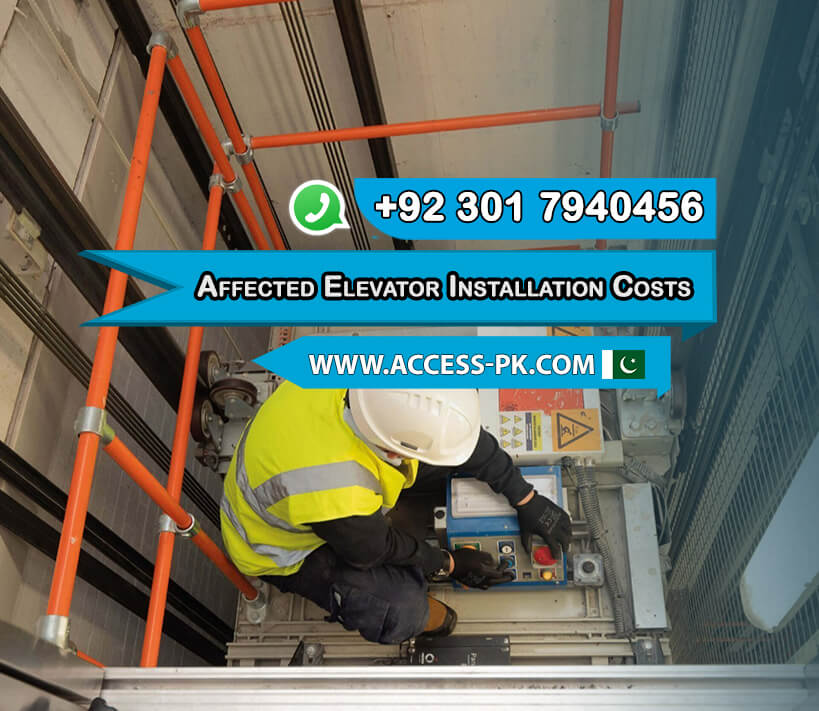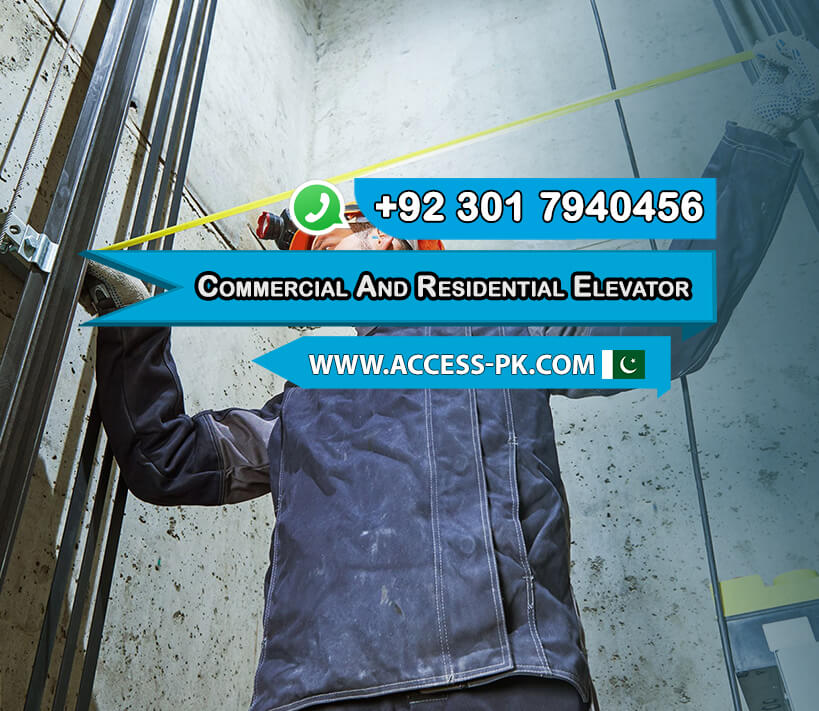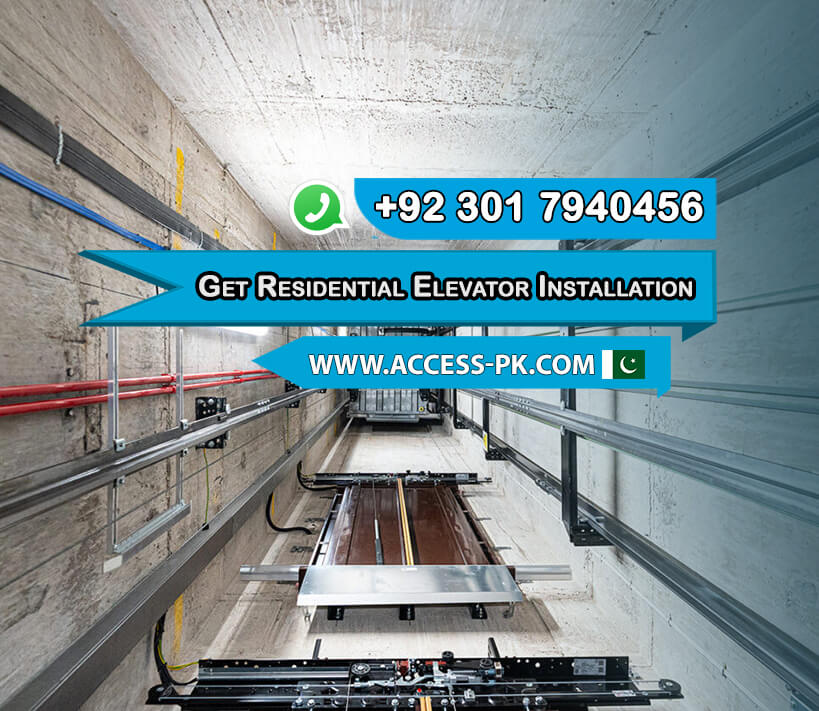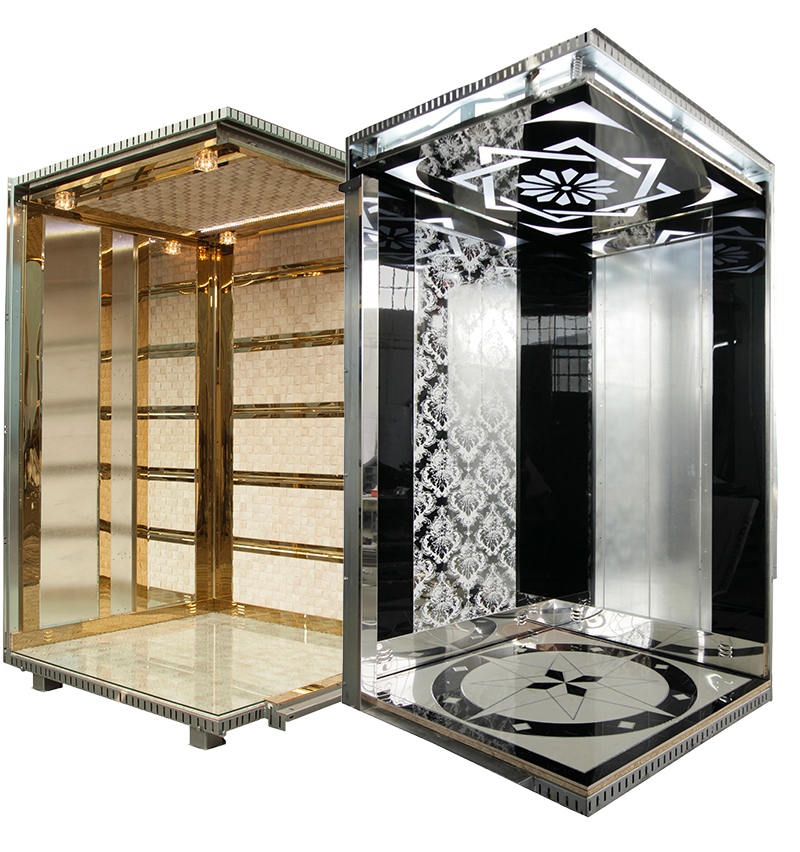The cost of installing elevators varies between commercial and residential buildings, and it depends on several factors. For commercial installations, prices can be higher due to the larger scale and more advanced systems required. In contrast, residential elevators tend to be smaller and simpler, reducing overall costs. Access Technologies, owned by Imran Rafi, provides tailored solutions for both types, ensuring quality without breaking the bank. As elevator prices fluctuate based on design, size, and features, it’s essential to consult with experts to get accurate estimates for your specific project.
When calculating commercial and residential elevator installation costs, it’s important to consider the type of building and its requirements. Commercial elevators usually involve more complex installations due to higher usage demands and compliance with safety regulations. Residential elevators, while smaller, still require customization based on home layout and aesthetic preferences. Elevator prices also depend on whether you opt for a standard or custom design. Proper planning helps you make an informed decision that balances functionality with cost.
In addition to installation costs, long-term expenses like maintenance should factor into your overall budget. Regular servicing ensures smooth operation and can help avoid costly repairs down the line. For both commercial and residential installations, selecting energy-efficient models can further reduce operational costs over time. By considering these factors, you can save on the total Commercial and Residential Elevator Installation Cost while maintaining high performance.
Get Free QuotesUnderstanding the Factors That Affect Elevator Installation Costs

Several factors impact the overall Commercial and Residential Elevator Installation Cost, making it essential to understand them before beginning any project. The type of building, the elevator’s design, and the complexity of installation all influence pricing. For instance, larger commercial buildings typically require more advanced elevators with higher capacities and greater durability, while residential elevators are often smaller and more personalized. The chosen materials, safety features, and customization options also contribute to Elevator prices. By thoroughly understanding these factors, you can make informed decisions that align with your budget and requirements, ensuring a smooth installation process.
Building Type and Size
The size and type of the building play a significant role in determining the Commercial and Residential Elevator Installation Cost. Larger buildings, especially commercial ones, require elevators with greater load capacity and advanced features to meet safety standards and accommodate higher usage. Commercial elevators often need to travel greater distances, which increases the overall Elevator prices due to more extensive shaft construction and powerful motors. On the other hand, residential buildings typically require smaller, simpler elevators, reducing the installation costs. Whether installing in a home or a commercial property, understanding how building size affects costs is crucial for proper budgeting.
Elevator Design and Features
The design and features of the elevator also have a significant impact on installation costs. Custom-designed elevators with luxurious finishes, such as glass walls, advanced lighting, or intricate controls, tend to increase the Commercial and Residential Elevator Installation Cost. Furthermore, additional safety features, energy-efficient systems, and smart technologies can raise Elevator prices. Standard elevators, which come with basic designs and fewer customizations, are more cost-effective and easier to install. Therefore, carefully selecting the elevator design that meets both functional and aesthetic needs is key to controlling costs without sacrificing quality or performance.
Installation Complexity
The complexity of the installation is another critical factor influencing the overall Commercial and Residential Elevator Installation Cost. For commercial properties, the installation often involves more complicated tasks, such as integrating the system with other building services, ensuring code compliance, and handling heavier machinery. These elements can lead to higher labor and material costs. In contrast, residential installations are generally less complex but may still involve challenges depending on the home’s layout. The more intricate the installation process, the higher the Elevator prices will be, making it important to work with skilled professionals to keep the project efficient and within budget.
Get Free QuotesComparing Commercial and Residential Elevator Installation Prices

When comparing the Commercial and Residential Elevator Installation Cost, commercial projects tend to be more expensive due to their larger scale and higher technical requirements. Commercial elevators must accommodate more passengers and frequent use, requiring greater durability, advanced safety features, and energy efficiency. These factors drive up Elevator prices, especially in multi-story buildings where heavy-duty motors, larger shafts, and enhanced safety regulations come into play. Additionally, commercial elevators often need to comply with strict building codes, which increases installation costs due to specialized labor and materials.
| Elevator Type | Cost |
|---|---|
| Stair lifts | 810000 to 1770000/Pkr |
| Home Lifts | 1200000 to 2000000/Pkr |
| DIY Food Elevator | 2230000 to 3350000/Pkr |
| Two-Story Home Lift | 7020000 to 8420000/Pkr |
| Hospital Bed Elevators | 4150000 to 8300000/Pkr |
| Panoramic Elevator | 3180000 to 3870000/Pkr |
On the other hand, residential elevator installations are generally more affordable because they involve smaller, simpler systems designed for personal use. Residential elevators do not require the same heavy-duty components as commercial ones, reducing the overall installation and operational costs. However, customization options such as luxury materials, smart home integration, or glass designs can raise Elevator prices for residential projects. Despite this, the overall Commercial and Residential Elevator Installation Cost remains significantly lower for homes than for businesses. By evaluating these differences, property owners can choose the most cost-effective solution that fits their building’s requirements.
Get Free QuotesKey Considerations When Budgeting for an Elevator Installation

One of the key considerations when budgeting for an elevator installation is the initial cost, which includes equipment, labor, and permits. For both commercial and residential projects, the type of elevator and its capacity significantly affect the total Commercial and Residential Elevator Installation Cost. Standard models tend to be more affordable, while custom designs or high-tech features increase Elevator prices. It’s crucial to determine the most appropriate elevator type based on your building’s size and usage needs to avoid overpaying for unnecessary features. Accurate budgeting at this stage ensures you meet both functional and financial goals.
In addition to initial costs, long-term maintenance and operational expenses should also be factored into your budget. Elevators, whether commercial or residential, require regular maintenance to ensure safety and performance. Maintenance contracts, energy consumption, and potential repairs all contribute to the total Commercial and Residential Elevator Installation Cost. Opting for energy-efficient models can help reduce ongoing operational costs by lowering electricity consumption. Carefully considering these long-term expenses, along with the initial installation costs, allows property owners to develop a realistic and sustainable budget that covers all aspects of elevator ownership.
Get Free QuotesHow to Save on Elevator Installation Costs: Tips and Insights

Saving on elevator installation costs requires strategic planning and informed decision-making. One effective way to manage the Commercial and Residential Elevator Installation Cost is to choose standard models over custom designs. Standard elevators are generally more affordable and readily available, which reduces both the installation time and costs. While custom designs may offer aesthetic advantages or specific functionality, they often come with a significant price premium. By opting for a standard model, you not only save on initial costs but also on maintenance and potential repairs down the line. If unique features are necessary, consider making modifications to standard designs rather than starting from scratch. This approach allows you to strike a balance between functionality and budget while keeping Elevator prices in check.
Choose Standard Models Over Custom Designs
Another key strategy is to plan early for efficient installation. Proper planning can significantly impact the overall Commercial and Residential Elevator Installation Cost. Early discussions with your installation team can help identify potential challenges and streamline the installation process. By understanding the building’s layout and requirements in advance, you can minimize delays and unexpected expenses. Scheduling the installation during off-peak seasons can also lead to cost savings, as many contractors offer lower rates during these times. Moreover, preparing the site in advance, including ensuring all necessary permits are secured, can expedite the installation and help keep costs under control.
Plan Early for Efficient Installation
Additionally, consider the optimization of energy-efficient elevator systems. Investing in energy-efficient models may have a higher initial cost but can lead to significant savings over time. These systems reduce energy consumption, which can lower utility bills and contribute to a more sustainable operation. Many energy-efficient elevators also come with advanced technologies that enhance performance and reduce wear and tear, ultimately decreasing maintenance costs. By prioritizing energy efficiency, you not only manage the long-term Commercial and Residential Elevator Installation Cost but also promote environmentally friendly practices.
Optimize Energy-Efficient Elevator Systems
In addition to the direct cost savings associated with energy-efficient elevator systems, many local and national programs offer incentives for their installation. Tax credits, rebates, and grants can help offset the initial investment, making it more financially feasible. Additionally, energy-efficient elevators often qualify for lower operating costs through reduced energy rates, which further enhances your long-term savings. These elevators typically employ advanced technology, such as regenerative drives that capture energy generated during operation, returning it to the building’s electrical system.
Get Free Quotes



